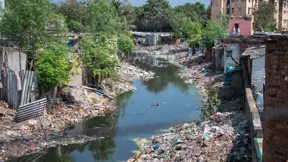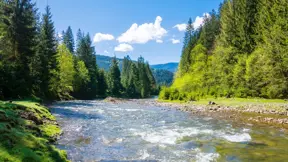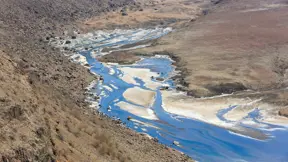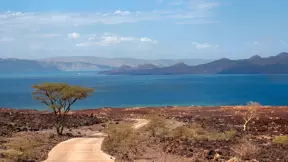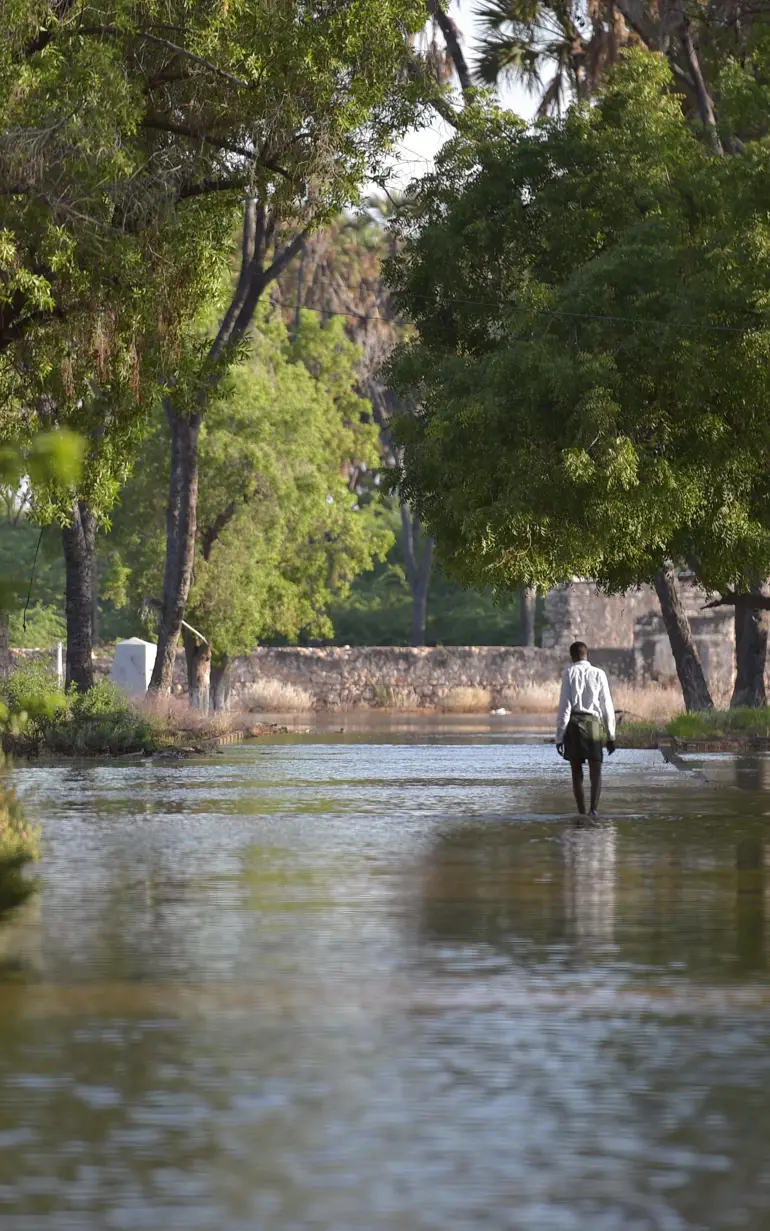
Nature-based solutions supporting climate resilience in the Shabelle River basin
Exploring how nature-based solutions can provide effective flood and drought mitigation for Somalia
Over the past decades, Somalia has been experiencing increasingly frequent and severe floods. With environmental degradation being considered one of the main contributors to this change, nature-based solutions (NbS) have a high potential for mitigating flood risk in the area. Using hydrologic and hydraulic mathematical modelling to analyse options such as reforestation or sand dams, UNEP-DHI Centre on Water and Environment assessed this potential within the Shabelle River basin and found that a variety of NbS are applicable in Somalia. These findings will support the National Flood and Drought Task Force of Somalia in planning future flood and drought interventions in the basin.
Challenge
Many ephemeral rivers, or ‘wadis’, in Somalia are prone to flash floods. Flooding occurs when heavy rains lead to a sudden increase in river flow, followed by a quick recession, and can cause loss of lives and property in downstream settlements. The severity and frequency of flooding from the Shabelle Rivers has been increasing in the past few decades, and it is thought that increased sediment deposition in rivers (brought about by activities such as deforestation which degrade soil structure), and subsequent raising of the riverbed, is the major contributor to this change. NbS, aimed at restoring degraded riverine ecosystems, have the potential to mitigate flooding in the area. With some of these solutions simultaneously enhancing groundwater recharge, their implementation could serve the dual purpose of flood and drought management, increasing community resilience to climate extremes.
Solution
In the implementation of the project, UNEP undertook research into the potential of nature-based solutions for mitigating flood and drought hazards. The UNEP-DHI Centre team provided the technical inputs necessary to support this research, which can assist Somali decision-makers in planning and scaling up nature-based approaches to flood mitigation.
UNEP-DHI’s study identified flood-targeting NbS already tested in the Somali context and assessed their effectiveness using hydrological and hydraulic models developed with MIKE HYDRO River (now known as MIKE+ Rivers). For flash flood mitigation in ephemeral wadis, peak flow in response to heavy rainfall was compared between a baseline scenario and scenarios employing reforestation, terracing or water retention structures such as sand dams and weirs. For sediment-related riverine floods, a hydraulic river model with sediment transport components was used to assess the effectiveness of different NbS in decreasing the mass of sediment entering the river and in decreasing incidence of flooding.
Partner:
Location:
Somalia, Africa
Related SDG(s):
SDG 6: Ensure availability and sustainable management of water and sanitation for all
SDG 13: Take urgent action to combat climate change and its impacts
Technology:
Results
The study found that a variety of NbS are applicable in Somalia. V-shaped weirs were found to be particularly promising in mitigating flash floods, while measures such as reforestation and sand dams were less effective but facilitated greater groundwater recharge. Hybrid nature-based solutions thus appear as a viable way of increasing climate resilience in the area.
The study findings provide insights on the estimated differences between various NbS impact on flood mitigation. A supplementary assessment of NbS efficiency in Somalia to date provide further information on the proritisation considerations and criteria. This assessment will assist the National Flood and Drought Task Force of Somalia in planning future interventions for flood and drought management in the basin.
This project was supported by the Foreign, Commonwealth & Development Office (FCDO) of the Government of the United Kingdom and implemented by the Food and Agriculture Organization of the United Nations (FAO) in collaboration with the United Nations Environment Programme (UNEP), from July 2021 to March 2022.
About our partner
Since its inception in 1972, UNEP has been the global authority that sets the environmental agenda, promotes the coherent implementation of the environmental dimension of sustainable development within the United Nations system and serves as an authoritative advocate for the global environment. Learn more about the work they do in water: www.unep.org/explore-topics/water
You may also like
How can we help?
With our global network of offices, we make sure you get the right answers to your local needs. Tell us about your water challenges and we will get back to you.
